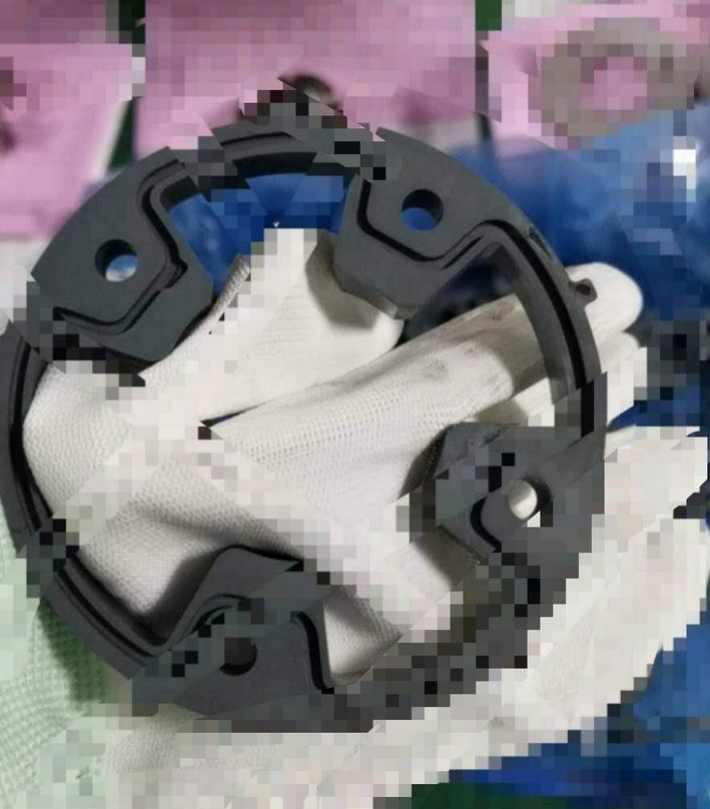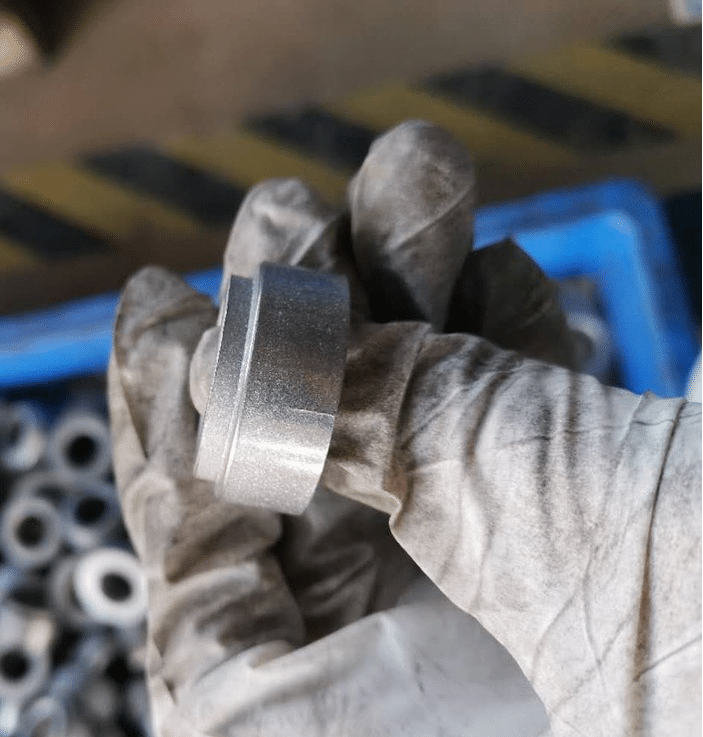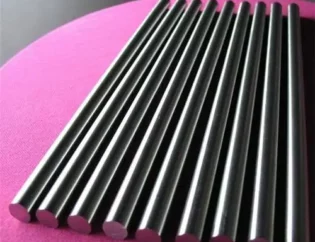Powder metallurgy, as its name suggests, is a special metallurgical technology. Powder metallurgy is an important process, sometimes even the only method, for manufacturing high and new technology materials. Since the emergence of sintered metal oil bearing in the 1920s, with the development of automobile industry, powder metallurgy has gradually formed a special metal forming technology of precision, high efficiency, low consumption, energy saving and low price for manufacturing machines and electrical parts by combining material preparation with metal forming technology, and has been widely used in automobiles, motorcycles, household appliances, office machinery, agricultural machinery and engineering machinery, Electric tools and other fields have been widely used,
Powder metallurgy materials are not only iron-based materials, but also main materials:
1. Cemented carbide:
Cemented carbide is a material made by powder metallurgy with one or several refractory carbide powders as the main component and cobalt powder as bonding. Common cemented carbides are divided into tungsten cobalt, tungsten cobalt titanium and tungsten titanium tantalum (niobium) according to their composition and performance characteristics. Cemented carbide has high hardness, high thermal hardness, good wear resistance and high compressive strength, but low flexural strength and poor toughness. Good corrosion resistance and oxidation resistance. The coefficient of linear expansion is small, but the thermal conductivity is poor.
2. Powder metallurgy antifriction materials:
Powder metallurgy can be divided into iron-based materials and copper-based materials according to the main added elements of the matrix. Iron based antifriction materials commonly used are iron graphite powder alloy and iron sulfur graphite powder alloy. The microstructure of the former is pearlite matrix + ferrite + cementite + graphite + pore; In addition to the same structure as the former, the latter also has sulfide, which can further improve the antifriction. Powder metallurgy antifriction materials are generally used to manufacture bearings with medium speed and light load, especially suitable for bearings that cannot be refueled frequently, such as bearings of textile machinery, film machinery, food machinery and household appliances. They are also used in automobiles, tractors and machine tool motors.
3. Powder metallurgy structural materials:
Powder metallurgy structural materials can be divided into iron-based and copper-based materials according to different base metals. Compared with iron-based structural materials, copper-based structural materials have low tensile strength, high plasticity and toughness, good conductivity, heat conduction and corrosion resistance. They can be used for various plating treatments. They are commonly used to manufacture instrument parts with small volume, complex shape, high dimensional accuracy and low stress, as well as electrical and mechanical product parts, such as small module gears, cams, fasteners, valves, pins Sets and other structural members.
4. Powder metallurgy friction materials:
Powder metallurgy friction materials are divided into iron-based and copper based materials according to different base metals, and dry and wet materials according to different working conditions. Wet materials are suitable for working in oil. Powder metallurgy friction materials are mainly used to make clutches and brakes on machine tools, tractors, automobiles, mining vehicles, construction machinery and aircraft.
The process is also very difficult. As the landlord said, you can do it by buying some better equipment. Of course, you don’t object. The products made with good equipment have good stability and high precision. Let me give you a few simple examples in terms of process difficulty
![Is Powder Metallurgy a Complicate Process to Form a Work Piece 2 Is Powder Metallurgy a Complicate Process to Form a Work Piece 2]() spare parts
spare parts
For example, the customer has air tightness requirements for this part. Through blackening, there will be no air leakage under a certain air pressure, but the customer will leak under the required air pressure. What should you do?

Sensor parts
For another example, this kind of sensor will be used by customers for welding, because it is made of powder metallurgy and there are voids in the metal, as shown in the figure

Gap between metals

The customer found bubbles in the welding process, resulting in poor welding. After metallographic analysis, the metallography did not meet the customer’s requirements. What should you do? There are also high frequencies such as lock pin holes
The requirements of each product are different, the process is different, and the difficulty of the product is also different. Each process may become a difficulty for some products.
Good equipment is important, but the rich experience of design workers is more important.








